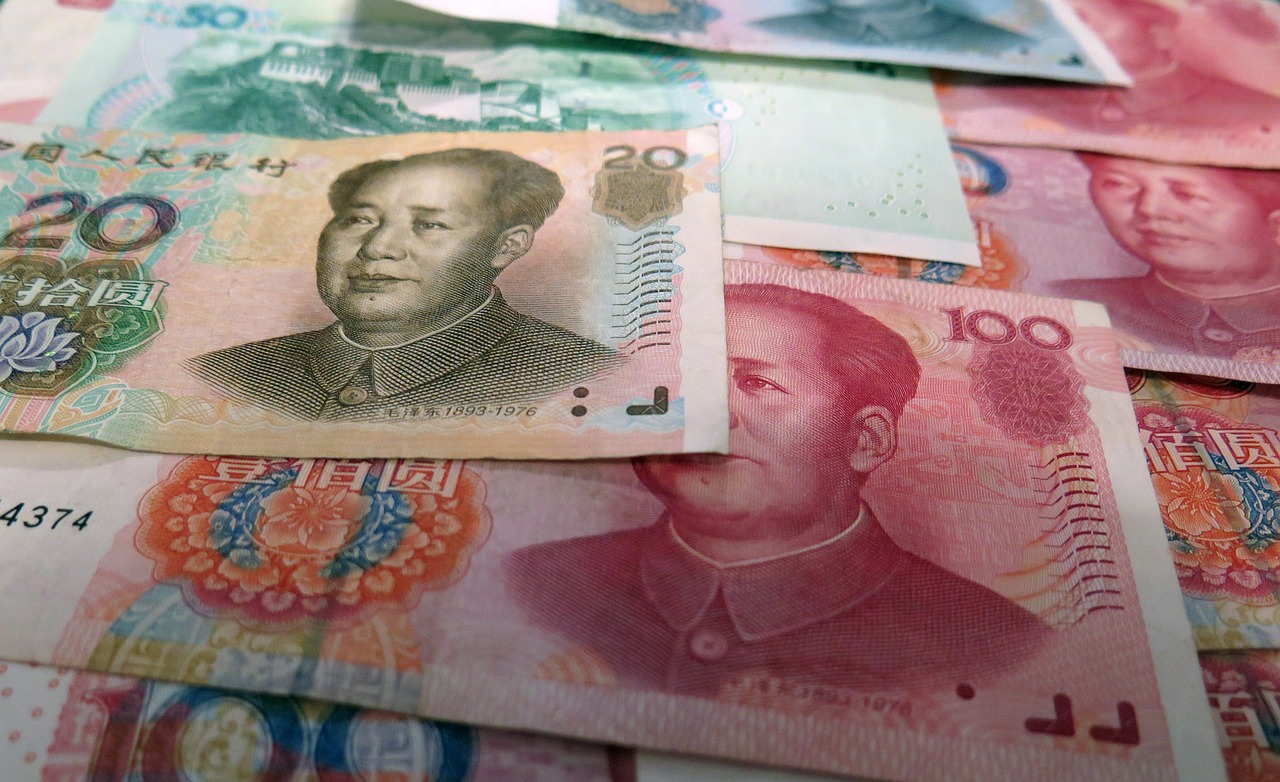
17 Jun What’s the deal with the Yuan?
Money. Vile money. Borrowing from Homer Simpson: the cause and solution to all our problems.
In macroeconomics books of my time, there’s a famous anecdote about cigarettes becoming currency in prisoner-of-war camps during the Second World War. Before that, salt was a common medium of exchange. And for Homer Simpson or Barney, a can of beer might well be considered money. This raises an interesting question: Can anything serve as money? The answer is yes—if it fulfills certain essential functions.
These functions, while theoretical, are highly practical. Money must act as a means of payment, a unit of account, and a store of value. Let’s break those down.
Means of Payment
A means of payment is something people accept in exchange for goods or services. For example, the lady at the market should be willing to trade one kilo of potatoes for it. This is where cryptocurrencies have struggled. Imagine telling a taxi driver, “Can I pay you in crypto?” You’d likely hear, “You can pay me with your fist!” For something to qualify as money, it must be widely accepted as a means of payment.
Unit of Account
A unit of account means that everything—from a haircut or a tip in Cancun—can be expressed in terms of this money. Here, the US dollar has a distinct advantage. From Africa to the corner store, everyone understands the value of a hundred-dollar bill. I wonder if the same can be said for euros.
Store of Value
Lastly, money should hold its value over time. This is where many Latin American currencies fall short. Ask yourself: What currency was used in your country 100 years ago? Often, the answer highlights a harsh truth: money that doesn’t hold its value becomes worthless. We’ve all heard stories of people who hid cash under their mattress, only for their savings to turn into scraps of paper over the years.
So, What About the Yuan?
In our Latin economies, does the yuan fulfill these three functions? In my view, not… yet. Let’s examine why.
Means of Payment: Could you buy potatoes at the market with yuan? Could you pay for a shoeshine in yuan? As of now, the answer is no.
Unit of Account: If I asked you the value of a yuan, what would you do? You’d probably check Google to convert it into US dollars. That’s the problem—the yuan isn’t a primary frame of reference.
Store of Value: The yuan has struggled here too. Five years ago, a yuan was worth $0.15 USD. Today, it’s $0.14 USD. While this drop might seem small, it highlights that the yuan hasn’t been immune to depreciation.
For now, much like cryptocurrencies or Homer Simpson’s beers, the yuan has a long road ahead before it’s recognized as “money” in Latin America.
That’s my two cents.
Abrazo!
S. Mauricio Medinaceli M.
Tashkent, June 17, 2023



No Comments